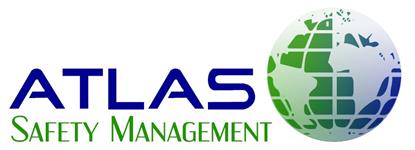Ladders provide quick access to platforms, balconies, roofs and many other areas that can’t be reached by stairways. For many, the use of ladders is part of a daily routine and their hazards can sometimes be overlooked.
Portable, extension and fixed ladders must be inspected before each use to make sure the ladder is in good condition for use.
Main Points
Sometimes it will be obvious that a ladder has been damaged and should not be used, but other defects that compromise a ladder’s structural integrity may require a closer look.
Go through the following checklist before each use to make sure each ladder is safe to use and identify any ladder that have the following characteristics:-
• Rungs or Steps of portable metal ladders are warped, dimpled, bent or creased
• Rungs or steps of any ladder have lost their slip-resistant feature
• Damaged spreaders, locking devices or portable ladders
• Metal ladders have signs of corrosion
• Any part of a ladder is punctured or lacerated
• Wood of a wooden ladder is extremely dry or splinted, affecting the integrity of the ladder. Wooden ladders are not band but need regular inspection
Any ladder that does not meet the above requirements must be immediately tagged with the words “Dangerous Do Not Use” and removed from service until they can be repaired or replaced.
Tags can become detached over time, any ladder that cannot be repaired should be cut or otherwise made unusable so that it cannot be repurposed or reused anywhere else.
As well as pre-checks, regular ladder inspections should be conducted by a competent person for all work at height equipment and a detailed ladder inspection should be completed every 3 to 6 months. The ladder inspection records are legally required to be made available to a health and safety officer when required.



